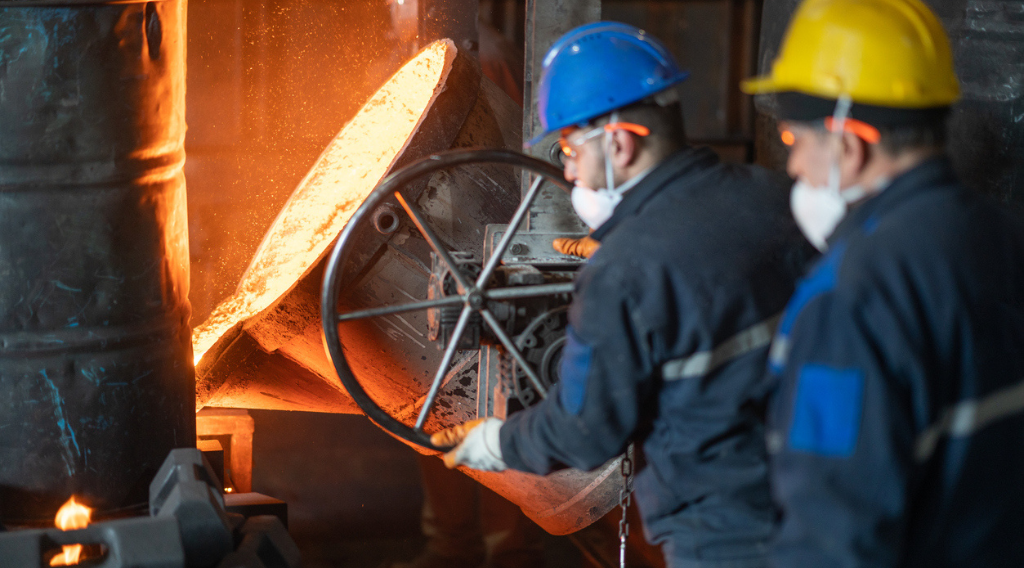First-of-its-kind analysis examines factors impacting regional suitability for DAC hubs
MARCH 1, 2023, MINNEAPOLIS — A first-of-its-kind atlas identifies seven regions in the United States offering the best array of characteristics to house a direct air capture (DAC) hub.
The Great Plains Institute’s Atlas of Direct Air Capture, Opportunities for Negative Emissions in the United States examines key factors that impact regional suitability for development of DAC technology and associated infrastructure. Through this analysis, seven regions emerged as prime locations to develop regional DAC hubs, each with a unique set of advantages: California, Rockies & Northern Plains, Permian, Midcontinent, Gulf, Midwest, and Mid-Atlantic & Great Lakes.

“Direct air capture is one of the many technologies we will need to meet climate objectives, and the atlas for the first time analyzes real opportunities to deploy DAC facilities at scale,” said Matt Fry, GPI’s senior policy manager for carbon management. “The atlas describes the myriad DAC technologies and provides a new and exciting look at opportunities to utilize waste heat from other thermal and industrial processes, which maximizes efficiency and can result in even greater potential for carbon dioxide emission reductions.”
The DAC process separates carbon dioxide (CO2) from ambient air and then either permanently stores the CO2 underground or converts it for use in concrete and other products that prevent its release back into the atmosphere.
The federal 2022 Bipartisan Infrastructure Law provides $3.5 billion during fiscal years 2022 to 2026 to establish a Regional Direct Air Capture Hubs program supporting four large-scale, regional DAC hubs. Each regional hub will be made up of a network of DAC projects, shared CO2 transport and storage infrastructure, and other shared facilities and resources. Applications to receive regional DAC hub funding from the US Department of Energy and National Energy Technology Laboratory are due March 13.
To identify optimal areas for regional DAC hubs, GPI commissioned Carbon Solutions LLC analysts to collect geographic data across feasibility and performance considerations to rank regions of the United States for DAC siting suitability.
Siting considerations that improve DAC efficiency and performance include the following:
- Proximity to geologic CO2 storage; this includes proximity to geologic saline formations as well as oil fields with historical enhanced oil recovery potential, current activity, or depleted reservoirs.
- Existing and potential CO2 transport infrastructure and proximity to right-of-way from infrastructure for the addition of new investment.
- Regional resources for low-carbon sources of electricity, including electric grid carbon intensity, capacity to meet expected electric load, price of electricity, and renewable energy potential.
- Regional resources for low-carbon sources of heat, including geothermal, biomass, concentrated solar, and power plants with potential for carbon capture and storage.
- Electric power and industrial facilities with potential for waste heat supply or combined heat and power.
- Optimal climate and atmospheric conditions for DAC system operation.
GPI is hosting a one-hour webinar on March 2 at 11:00 a.m. CT / 12:00 p.m. ET to officially launch the atlas and discuss the opportunities and challenges of building US-based DAC hubs.
About the Great Plains Institute
A nonpartisan, nonprofit organization, the Great Plains Institute is transforming the energy system to benefit the economy and environment. Working across the US, we combine a unique consensus-building approach, expert knowledge, research and analysis, and local action to find and implement lasting solutions. Our work strengthens communities and provides greater economic opportunity through creation of higher-paying jobs, expansion of the nation’s industrial base, and greater domestic energy independence while eliminating carbon emissions. Learn more at www.betterenergy.org.
Media Contact
Darren Goode
(202) 550-6619



